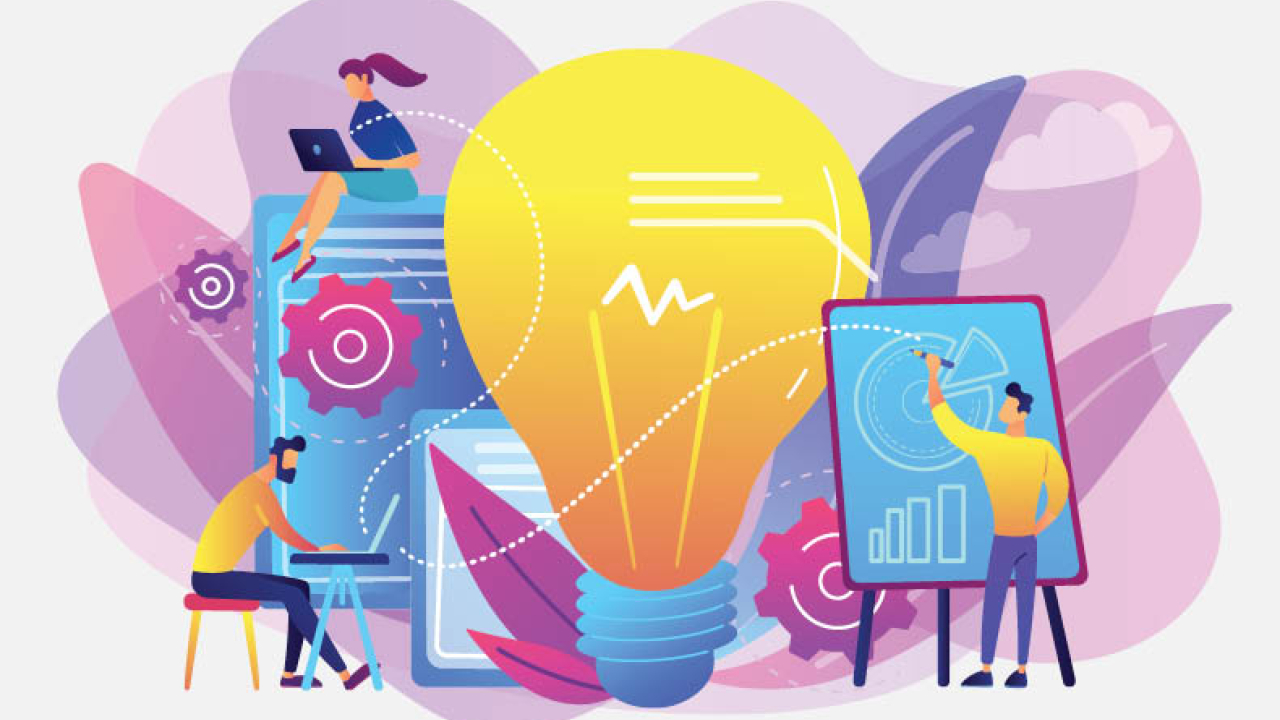AI & Literacy: The Good, The Bad, and the Ugly
It doesn’t matter where you turn - on street corners, at education conferences, in classrooms and plastered all over LinkedIn, AI is the new talk of the town…or should we say, the globe. And of course, with its advanced ability to make our lives easier and our lessons more interactive and engaging, it's easy to see why AI has been applauded by researchers, educators and leaders.

Its quick-thinking and fast-execution capabilities are of course the obvious features to wow the human eye, but where learning is concerned, most educators are impressed with its ability to design somewhat compelling lessons at the drop of a hat—or the click of a button in this case. Others have praised the way that AI has the ability to engage students and design differentiated learning plans to personalise the learner experience. And while we’re also partial to dabbling in ChatGPT to aid with planning, for example, there’s still a question that not many seem to be able to answer with as much certainty.
The question: How can AI be used to effectively improve students’ traditional literacy skills?
When posing this question to AI enthusiasts, we’ve been met with strange looks, a chuckle or two, and the occasional question, “Why does it matter? Digital literacy is the way forward, and traditional literacy skills are outdated.”.

But the fact is, until all universities begin assessing in a way that does not rely on traditional assessment methods, schools remain at the helm of preparing students for exam and essay-based assessment, most of which require basic traditional literacy skills.
We’ve heard time and time again that AI will not replace the teacher, but the teacher who chooses not to embrace AI will be left behind. When approaching this next chapter as educators, we propose establishing balance between the traditional and the new. Yes, you’ll always be queried on ‘why we still need to learn about algebra, or why we need to analyse texts’. But here’s the thing. Next time you’re approached with the “I’m never going to use this. Why does it matter?” challenge from your students, don’t get defensive.
Instead, enlighten them.
Neuroplasticity is the brain's ability to reorganize itself by forming new neural connections throughout life. It plays a crucial role in the process of learning to read, write and be deemed traditionally literate. But lest we forget that in order to use a tool like generative AI effectively, one needs to be traditionally literate.
So what’s the ugly side of AI, you ask?
When students rely excessively on AI to develop their literacy skills, they risk not building these critical neural connections. Cognitive science demonstrates the importance of the retrieval practice, meaning when students are asked to recall concepts and information on their own, they are strengthening these neural connections and their memory. Allowing students to struggle with writing sentences actually is helping them learn. When we jump straight onto ChatGPT for the answer, we lose this important process.
Why do we need writing in the age of AI?
Learning to write is a complex cognitive skill that involves various neural processes. As individuals engage in writing activities, whether it's forming letters, constructing sentences, or organizing thoughts into coherent paragraphs, the brain undergoes changes in its neural pathways. Neuroplasticity allows the brain to adapt and strengthen the connections associated with the specific skills involved in writing. The risk of AI, you ask? If students only rely on AI to execute written work, they risk not making these critical connections.
But it’s not all doom, gloom, and ugly. There’s a myriad of positive factors presented by AI in developing students’ literacy skills: instant feedback, quicker organization, equity, and accessibility, to name a few.
Here’s the thing. Contrary to the flurry of AI advocates who may chant ‘out with the old!’ – we don’t have to throw the baby out with the bathwater. Lest we forget: Our human brains still prove to be the most powerful weapon known, so much so that we’ve designed technology programs that can mimic the way we think. AI means artificial intelligence. It mimics human intelligence for a reason: And that’s because our human brains are the most powerful tool we have.
Let’s not forget to use it.
Written by Stephanie Martin, Founder of Edvance Consultants
Stay up to date
Subscribe to the free GESS Education newsletter and stay updated with the latest insights, trends, and event news every week. Your email address will remain confidential

